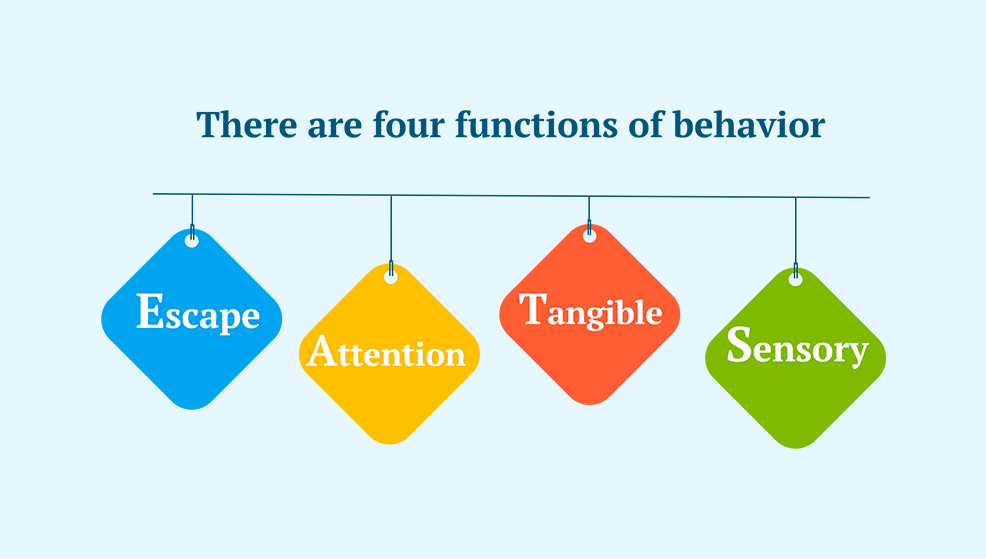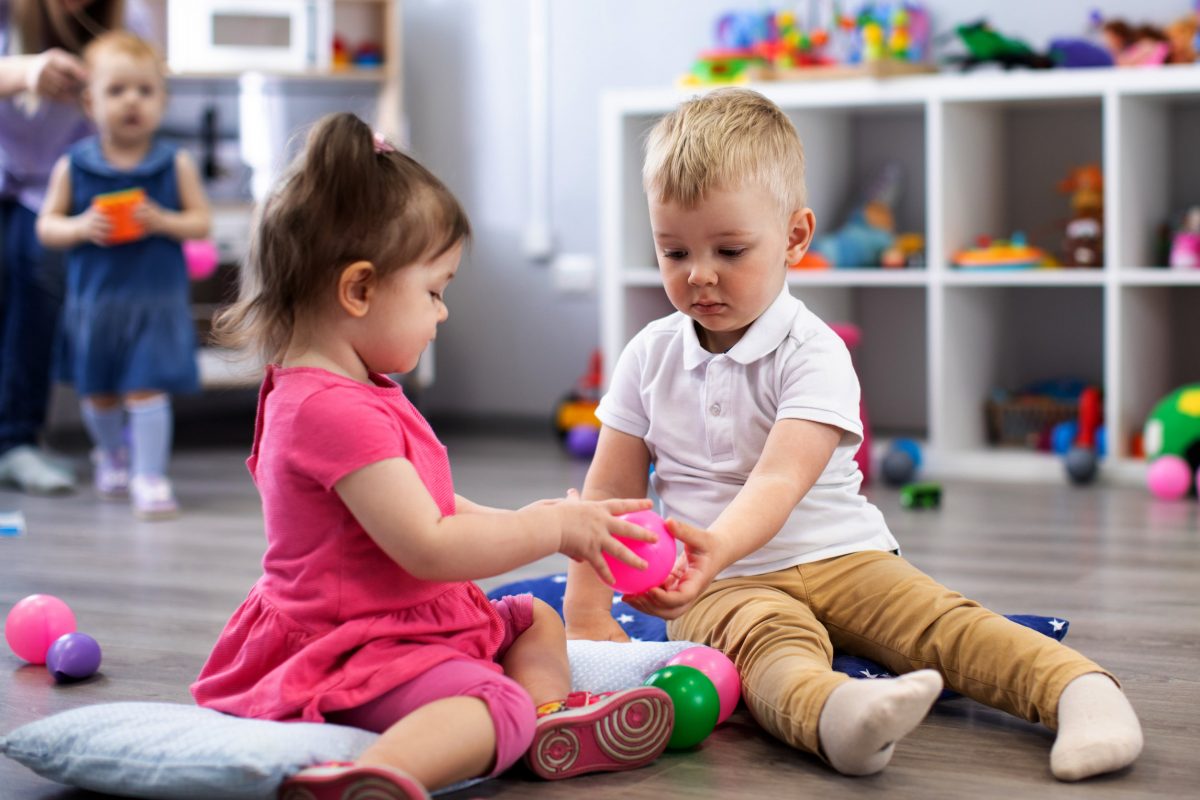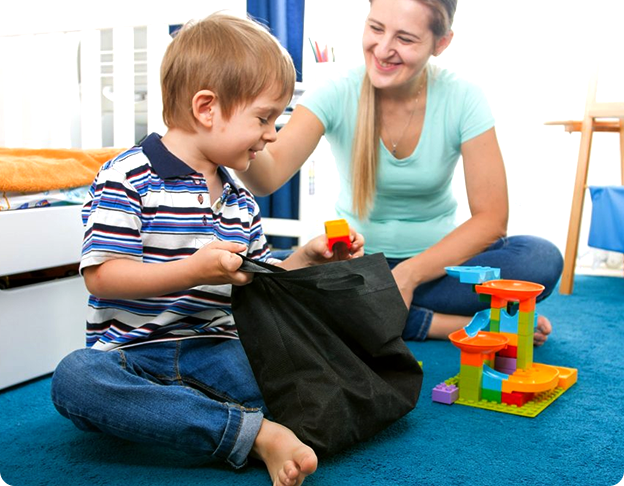You and your child are standing in the line at the supermarket when your child spots the candy display. Immediately, the requests for a candy bar begin, but when you say no, the requests accelerate to whining, then crying. You cannot help but notice the stares of disapproval that are being directed toward the two of you. To avoid additional embarrassment, you relent and allow your child to get the candy.
Although you may be unaware of it, this is one of four functions of behavior that serves an obvious purpose, and the best way to devise strategies to reduce challenging or undesirable behaviors is to understand each of these functions.
Function of Behavior #1: Escape
Children may behave in a manner to avoid something that they do not want to do. For example, when asked to do their homework, they may throw their books and papers on the floor, or they may simply lay their head down on top of their work. They have learned that this behavior allows them to get out of any task that they do not want to do.
Another example of avoidance behavior would be a child who runs and hides rather than submit to a bath. It is important for parents or other caregivers to evaluate whether the cause is a lack of ability to perform the requested task or a lack of motivation. If a task is too difficult, it may be necessary to revert to tasks that the child can handle, then slowly progress to more difficult tasks.
Function of Behavior #2: Sensory Satisfaction
Children may behave in a manner that provides sensory satisfaction to them. At times, their actions may appear as if they are attempting to harm themselves, but this is not the goal of this particular behavior. For example, the child may rock to-and-fro, scratch at a mosquito bite, or tug on their own hair, or they may cry because they have a stomachache.
This function of behavior is unrelated to a preceding event, and the child is not seeking attention from others. They are simply doing what feels good to them to stimulate or de-stimulate their senses.
Often, the purpose of this behavior is simply self-soothing, which may be the case with the rocking action. At other times, the child is trying to remove or lessen an unpleasant internal feeling, including a stomachache, earache, or headache.
Function of Behavior #3: Attention
Children may behave in a manner that will force others to pay attention to them. The attention can be positive or negative. For example, a child may notice that a parent is engaged in a telephone conversation instead of paying attention to them, so they walk up to the parent and pour water on the floor.
If another child is playing with someone else, the child seeking attention may throw a toy at one or both of the other children. Whining is another common attention-seeking action, and the child may progress to crying if whining does not produce the desired attention.
Children may also seek attention from others by engaging in behaviors that they think will elicit a laugh from others. They may also show off to get others to look at them, perhaps by walking on a curb as if it were a tightrope, making faces at strangers, or pretending to be a cat.
Function of Behavior #4: Access
Children may behave in a manner that provides them with access to something that they want. The child crying for a candy bar at the supermarket is one example of an access behavior function. While driving home from the store, the child may demand that the parent stop at a favorite restaurant for food, then begin screaming or yelling when the parent refuses to stop.
If another child is playing with a desired toy, there may be an attempt to grab the toy, which may be accompanied by whining. However, the access behavior can also be much more subtle. Perhaps the child motions toward or looks at the desired item, or they may attempt to pull the other person toward it. If the person is a caregiver who has learned to read the child’s expressions and body language, the child may not need to speak to obtain the desired item.
A subset of this behavior involves a child who wants access to an activity. This is typically a more positive and benign behavior. For example, children might get dressed more quickly or rush through their chores so that they will be allowed to play outside, visit a friend, or go shopping with a parent. This is the exact opposite of escape. Instead of trying to avoid something, the child is actively doing something in order to obtain what they consider a reward.
Closing Thoughts
In general, every behavior serves a purpose, it may be an attempt to escape or an attempt to obtain something. Now that you have a better grasp of the four functions, read our article on Functional Behavior Assessments (FBAs) and Behavior Intervention Plans (BIPs) that practitioners use to help improve or maintain a child’s behavior.




